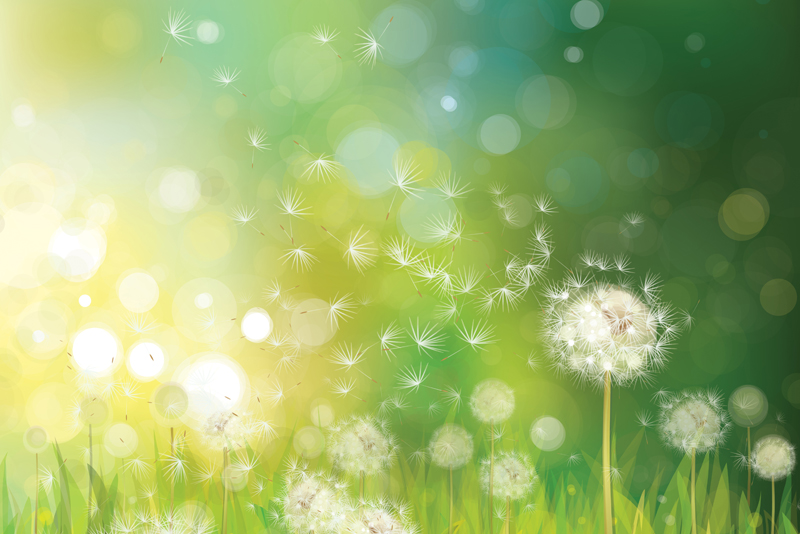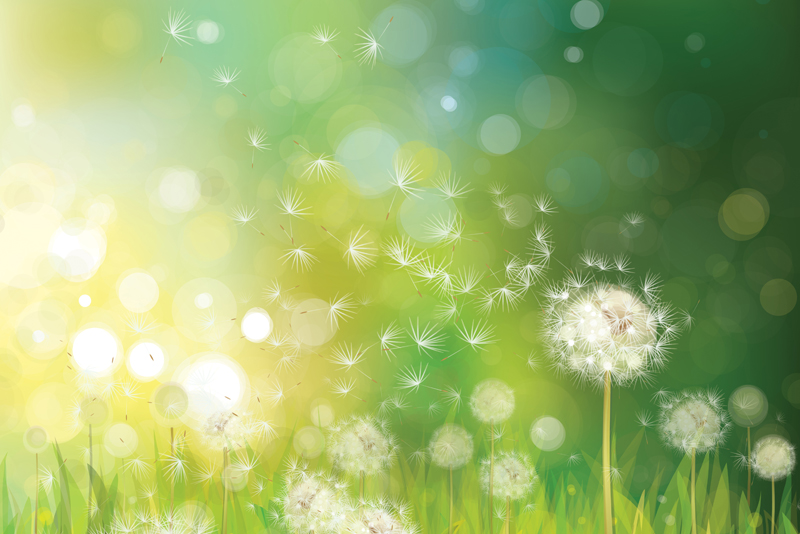Allergies and exercise

Exercise may be the last thing you want to do when you are sneezing, wheezing and wiping your eyes because of allergies. I like to exercise outside but even I have to give myself an extra push when the pollen levels are high and my allergy symptoms are in full bloom. I find taking certain precautions can help me have a better time exercising but I always give myself “permission” to modify or adjust my activity plan.
Time of day you exercise, intensity of the activity you do and pollen levels are some of the things you should monitor when planning your exercise.
Tip No. 1
Give yourself permission to modify your exercise plan depending on your allergy symptoms. On high pollen days, I may choose to stay indoors and ride my bike. Or I might do yoga or strength training instead.
Tip No. 2
Check the pollen forecast on a regular basis. I have signed up for www.weatherbug.com and it appears every time I turn on my computer. To sign up, go to www.weatherbug.com and choose your location. Every time you turn on your computer, it will give you the current weather conditions for your area. It also will have the daily pollen forecast and outlook.
Select and check the Air Quality Index too. It will give you the levels of common irritants which will impact your allergy symptoms. Another thing to monitor is wind speed as wind plays a big role in allergy symptoms.
Today, I checked Weather Bug and it indicated the pollen level was medium-high or 9.10 for my local area. The AQI was good and the wind was calm. All of these were signs I was good to go outside for exercise.
Another place to get regular allergy alerts is www.pollen.com. Sign up for allergy alerts which will arrive in your inbox in the early morning when pollen levels reach moderate levels or the point where most individuals start having symptoms. These alerts include a two-day forecast for your local area.
Tip No. 3
If possible, select the time of day you exercise carefully. The worst time of day to exercise outside is 5-10 a.m. although some say noon to early afternoon should be avoided. Exercise less intensely if you are outside when the pollen levels are high. The harder you breathe the more pollen you inhale.
Tip No. 4
Change and shower after exercise. It removes allergens left on the skin and hair. Rinse your nasal passages with a saline nasal solution or neti pot.
Time of day you exercise, intensity of the activity you do and pollen levels are some of the things you should monitor when planning your exercise.
Tip No. 1
Give yourself permission to modify your exercise plan depending on your allergy symptoms. On high pollen days, I may choose to stay indoors and ride my bike. Or I might do yoga or strength training instead.
Tip No. 2
Check the pollen forecast on a regular basis. I have signed up for www.weatherbug.com and it appears every time I turn on my computer. To sign up, go to www.weatherbug.com and choose your location. Every time you turn on your computer, it will give you the current weather conditions for your area. It also will have the daily pollen forecast and outlook.
Select and check the Air Quality Index too. It will give you the levels of common irritants which will impact your allergy symptoms. Another thing to monitor is wind speed as wind plays a big role in allergy symptoms.
Today, I checked Weather Bug and it indicated the pollen level was medium-high or 9.10 for my local area. The AQI was good and the wind was calm. All of these were signs I was good to go outside for exercise.
Another place to get regular allergy alerts is www.pollen.com. Sign up for allergy alerts which will arrive in your inbox in the early morning when pollen levels reach moderate levels or the point where most individuals start having symptoms. These alerts include a two-day forecast for your local area.
Tip No. 3
If possible, select the time of day you exercise carefully. The worst time of day to exercise outside is 5-10 a.m. although some say noon to early afternoon should be avoided. Exercise less intensely if you are outside when the pollen levels are high. The harder you breathe the more pollen you inhale.
Tip No. 4
Change and shower after exercise. It removes allergens left on the skin and hair. Rinse your nasal passages with a saline nasal solution or neti pot.

Related Articles
Editor's Picks Articles
Top Ten Articles
Previous Features
Site Map
Content copyright © 2023 by Sheree Welshimer. All rights reserved.
This content was written by Sheree Welshimer. If you wish to use this content in any manner, you need written permission. Contact Sheree Welshimer for details.



